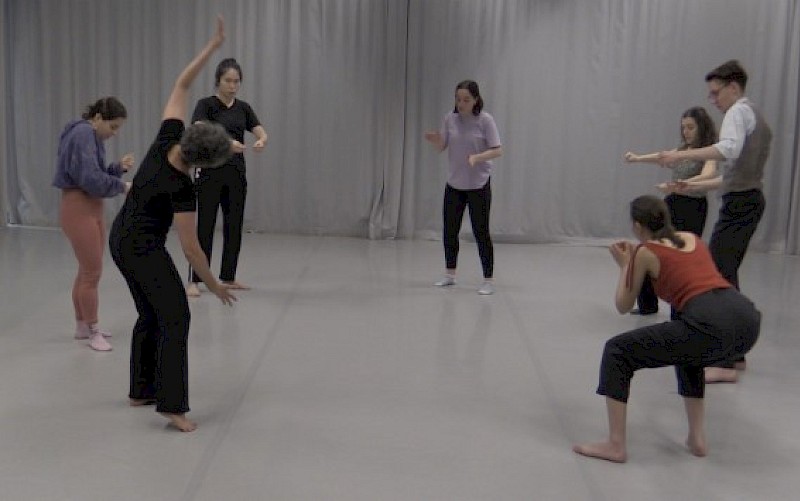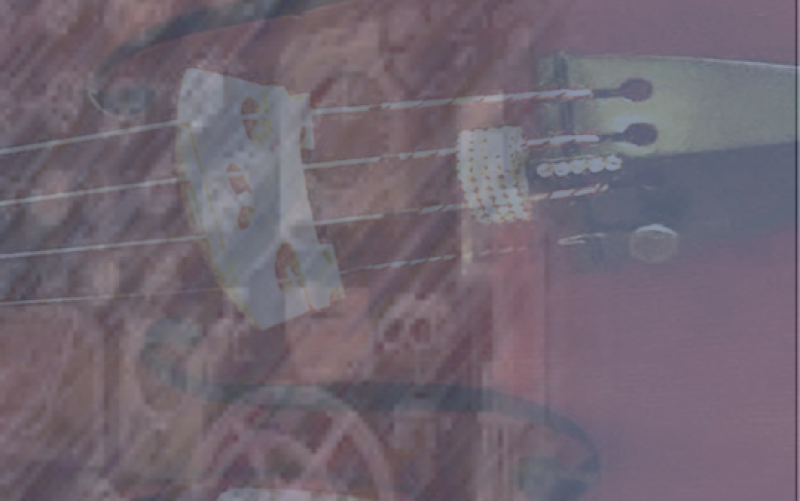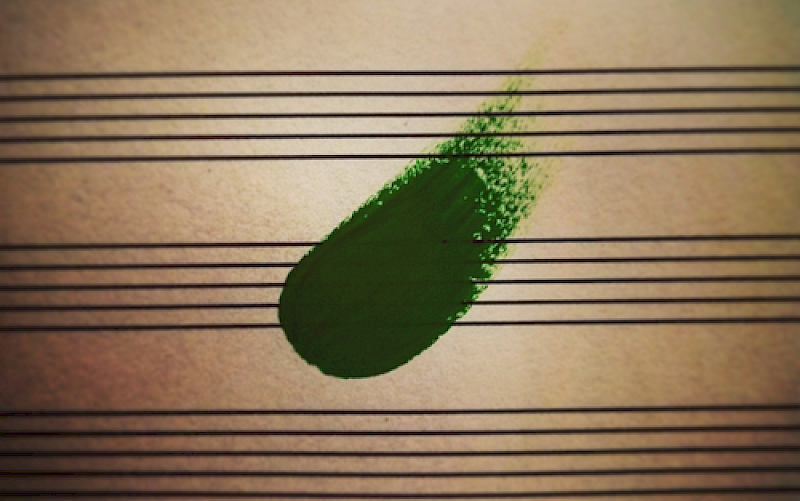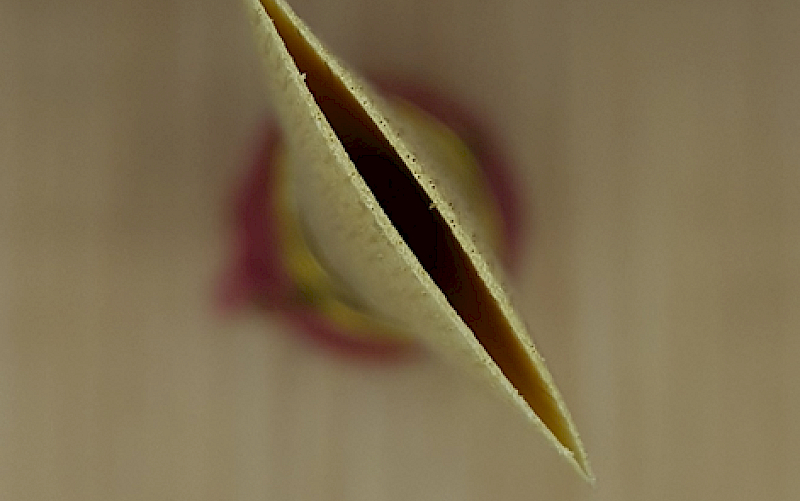Monteverdi’s lamenti and lettere amorose and the pre-existing art of declamation
« Should the interpretation of Monteverdi’s lamenti and lettere amorose be closer to the pre-existing art of declamation? » Nowadays, Monteverdi has become so sacred to the Early musician, that we are afraid of disturbing his art in our interpretation of his written down musical lines. So we stick to what is written, respecting every pitch, every note value, and God forbid we change the tactus! For a lot of Monteverdi’s music, this is a respectable approach. However, when it comes to the interpretation of his lamentations (lamenti) and love letters (lettere amorose), one asks themselves whether it should perhaps be done in a more declamative way. These two genres are composed in the stile recitativo and carry so much unrepeated text that it seems almost improbable that one should approach these compositions from the notes rather than from the poetry. If the seconda pratica is the beginning reign of the text over the harmony in the composition process, then why not adopt this same concept in the interpretation process? Throughout this research, I will first observe the historical context of these two genres and their connections with the world of the Commedia dell’Arte. I will then discuss the very delicate question of the tactus. And finally, I will attempt to interpret a couple of Monteverdi’s compositions, basing myself on the declamation skills of a Commedia dell’Arte specialist with whom I worked closely.
Author: Judith Sepulchre









